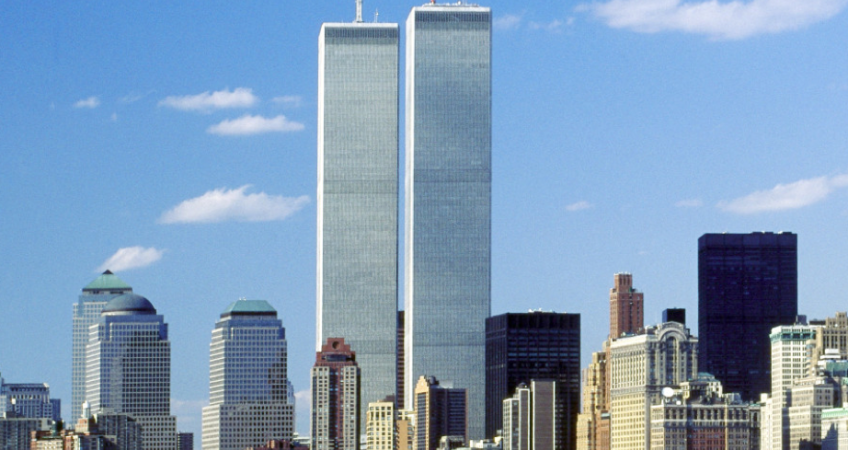The 10th Anniversary of 9/11 provides us all an opportunity to pause for a moment, look back at the tragedy and think about lessons learned to prevent similar outcomes.
What did we learn about improving building construction and better securing the safety of building occupants? The answer may surprise you.
After 9/11, many pundits predicted the construction of high-rise buildings would slow down or stop altogether. The pundits were wrong. Just four years after 9/11, the world experienced the largest tall-building construction boom in years. In California alone, San Francisco and Los Angeles both saw new “tallest buildings” added to their skylines. What may be even more surprising is that these new high-rises, structurally speaking, are no more resistant to terrorist attacks than buildings constructed right before 9/11.
Why no change? It’s because, once the studies were completed on the World Trade Towers, government and industry professionals concluded that, by and large, the building codes and standards in place in 2001 were – and still are — adequate. The World Trade Towers were built in the early 70’s; much had already been changed in the codes during the past 40 years.
What about the fire? It was the fires — fed by the jet fuel — that caused the otherwise sound building structures to weaken and eventually collapse. In the past 10 years, what changes have been made to better protect buildings and their occupants from fire? In short, stairway exit requirements have changed and buildings may be designed in the future with “refuge” areas and additional elevators. But, for the most part, architects and structural engineers have not made many significant design changes because the fire experienced 10 years ago was an extraordinary event. To protect buildings in the future against a similar fire — with a very low probability of ever occurring — would be cost prohibitive.
The collapse of the World Trade Center buildings was a devastating event that cost more than 2,750 lives. Yet, we must remember that the World Trade Center buildings performed well after the jet impacts; the two towers remained standing for 56 minutes and 102 minutes allowing approximately 87 percent of the estimated 17,400 occupants — and 99 percent of those located below the impact floors – to evacuate successfully.
We have, indeed, learned a lot in the past 10 years about the performance of skyscrapers when subjected to man-made attacks and natural disasters such as earthquakes and Tsunamis. One major lesson is that our current codes and standards in the U.S. have no serious deficiencies. Armed with this information, we have resisted making needless and costly changes to building codes just for the sake of change.
But we have not closed the book on 9/11. We know there may be more lessons learned from this event so we will stay ever watchful and observant.
By Steve Pelham, SE
President of SEAOC (Structural Engineers Association of California)

